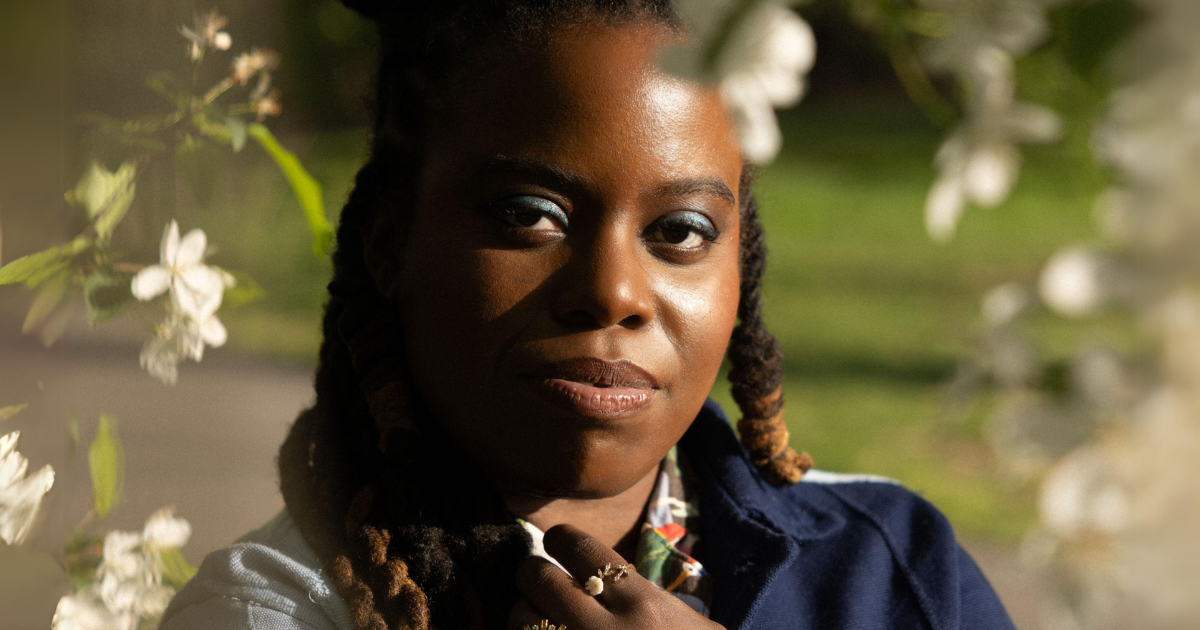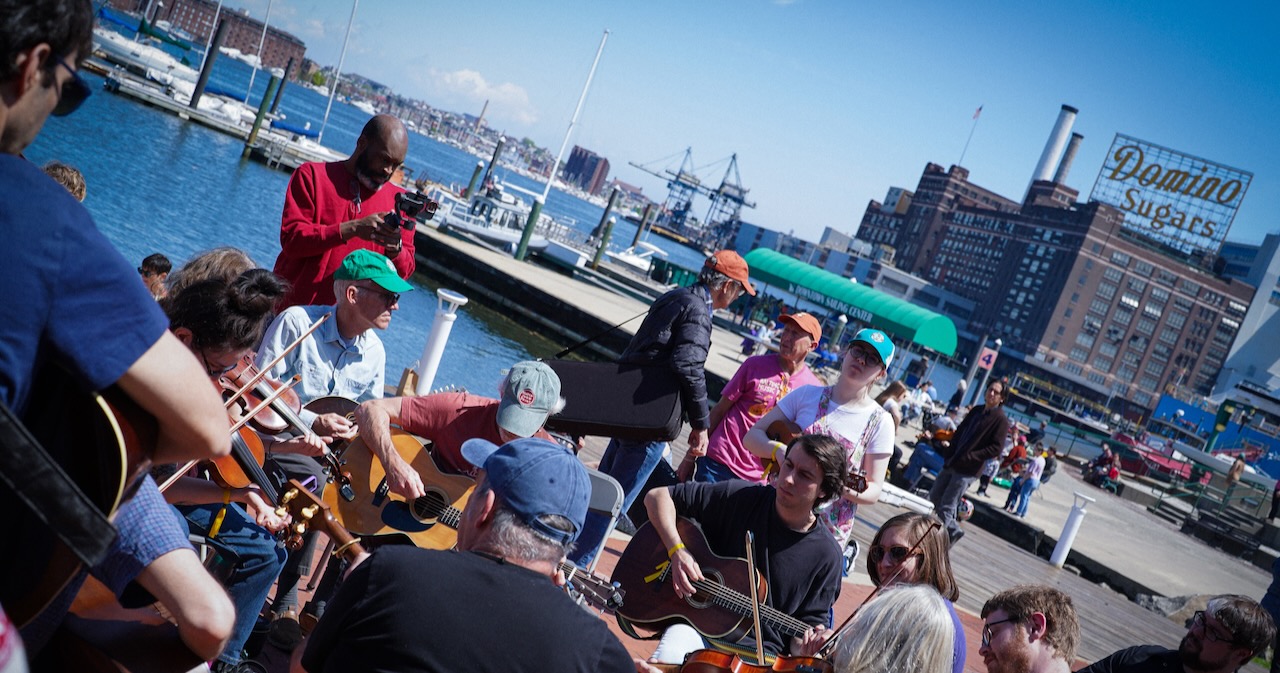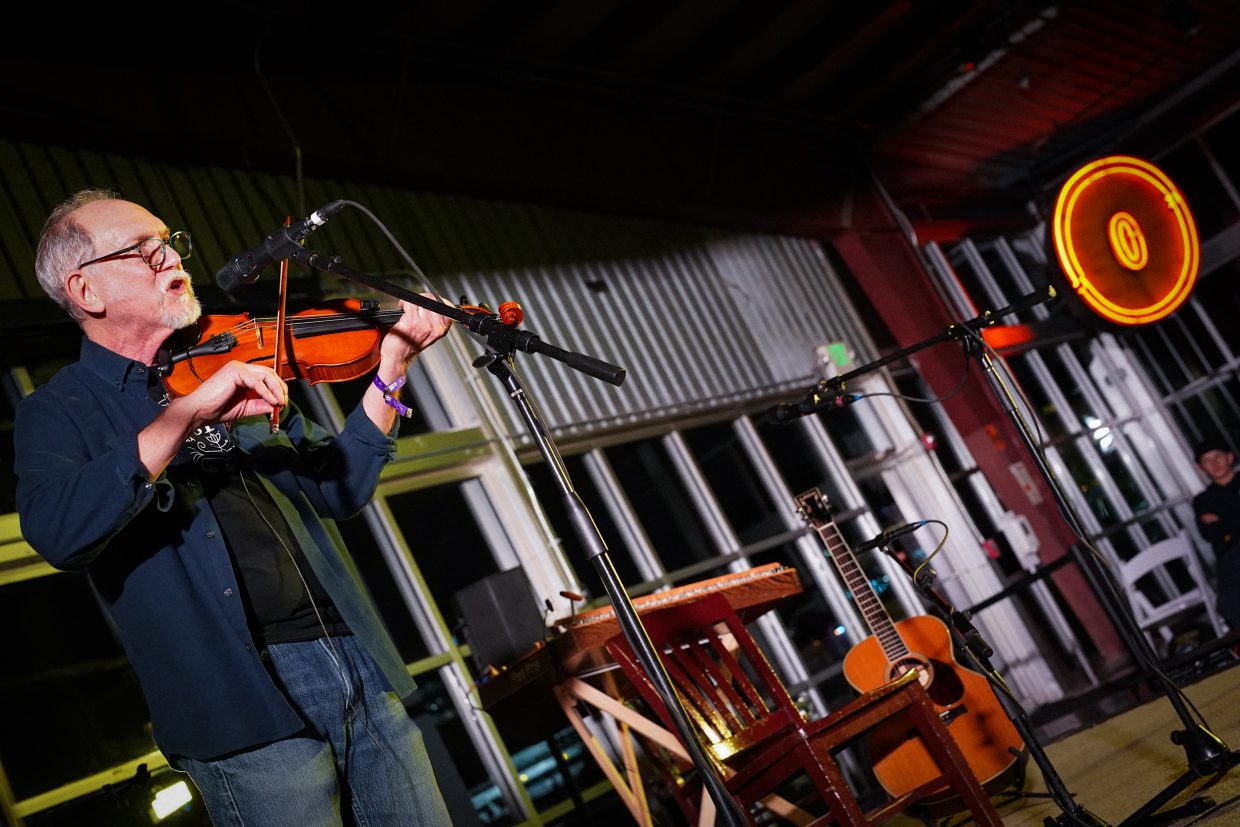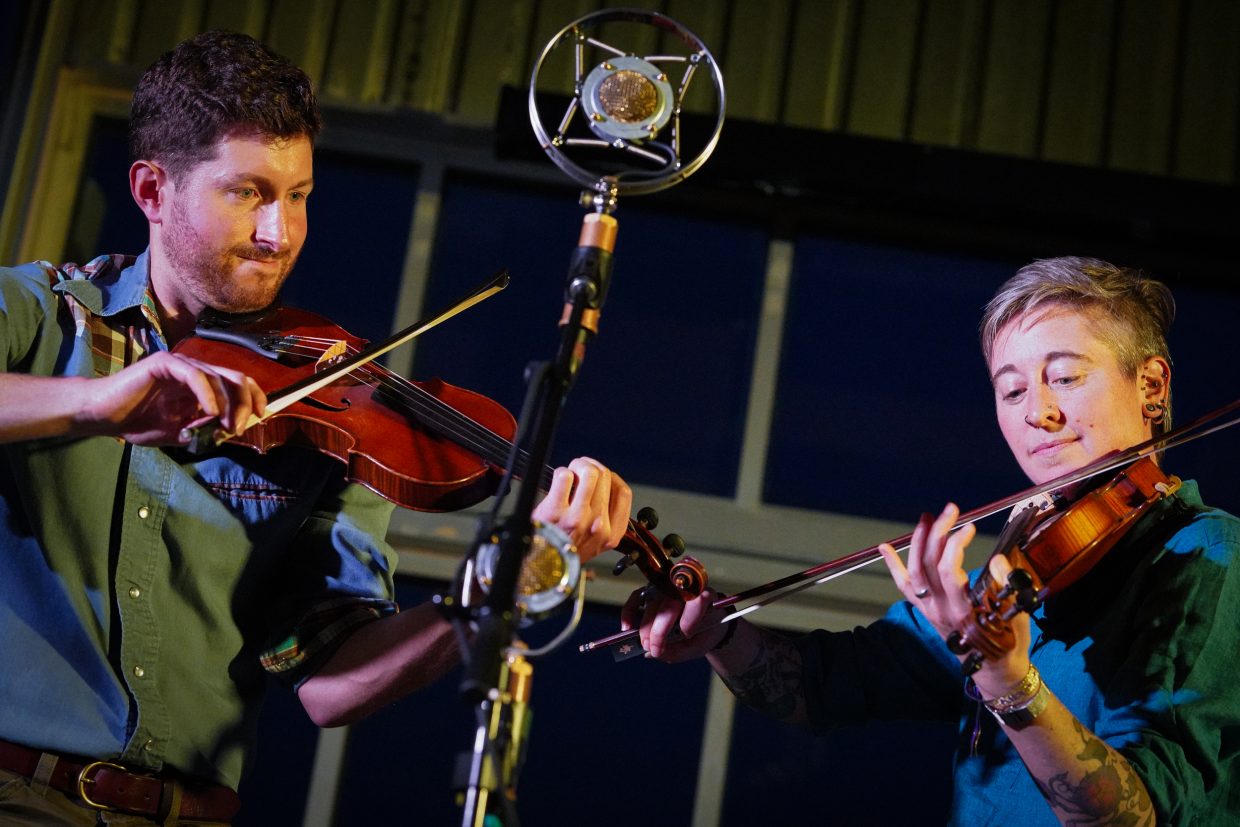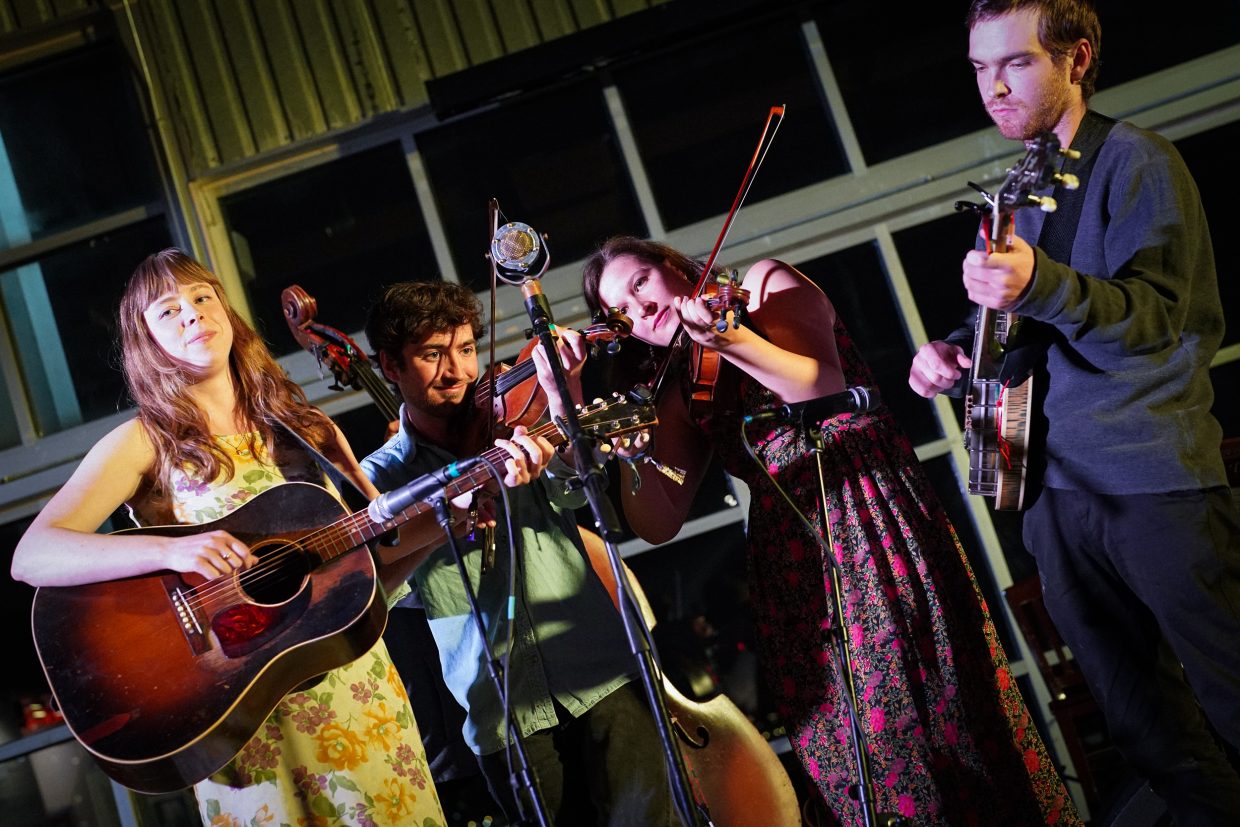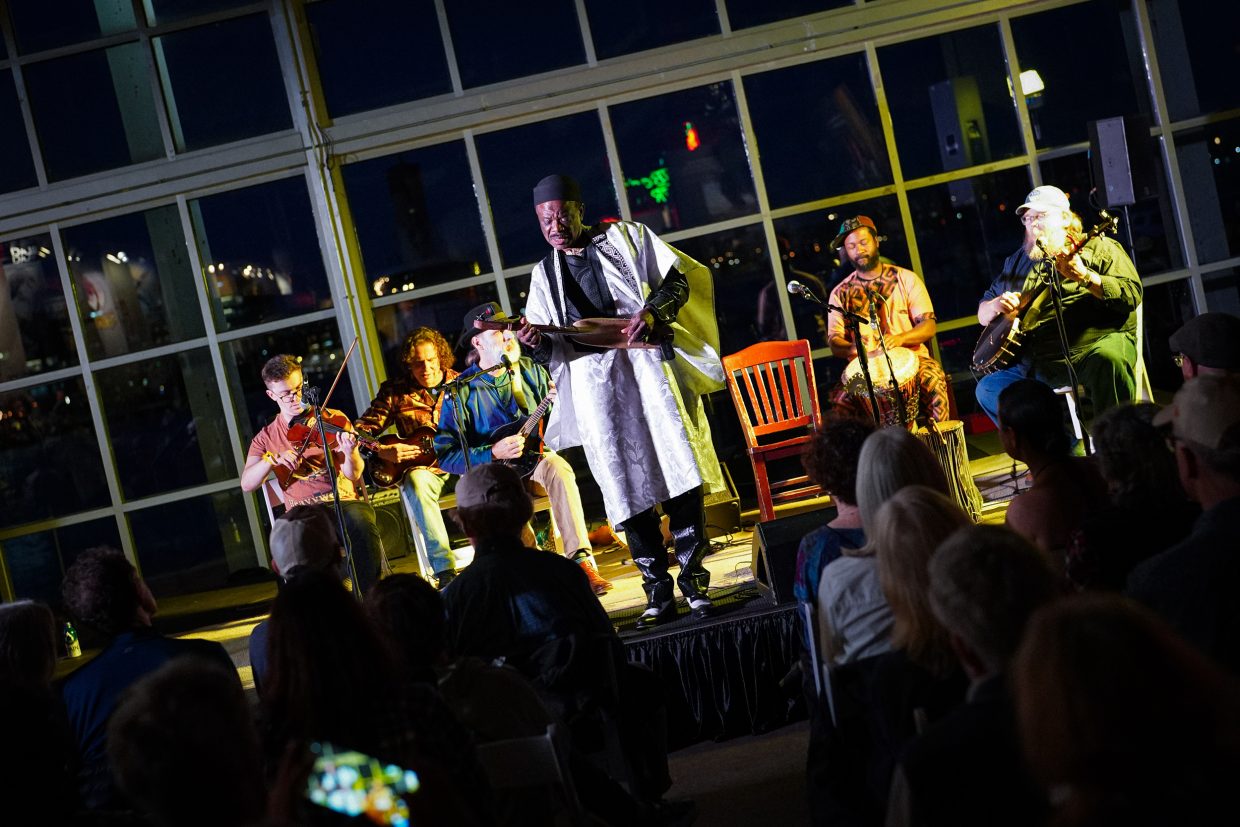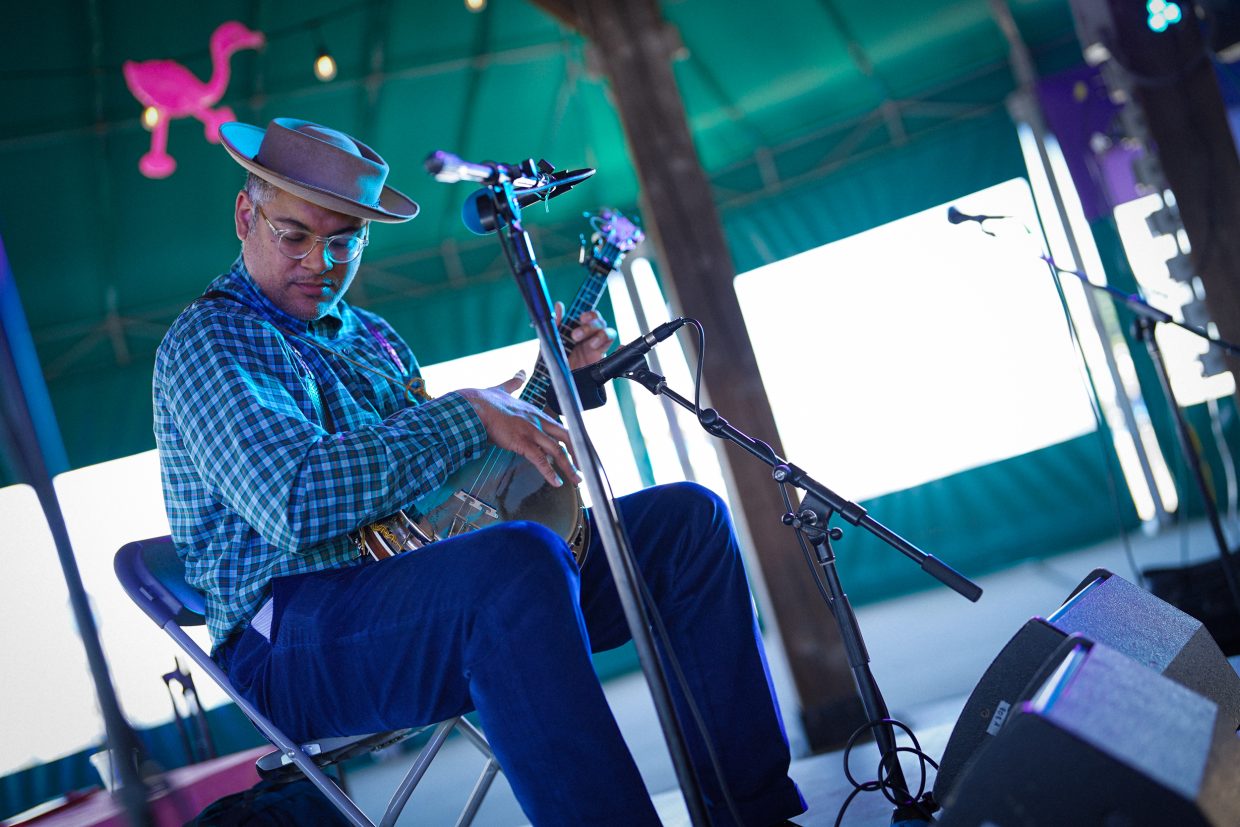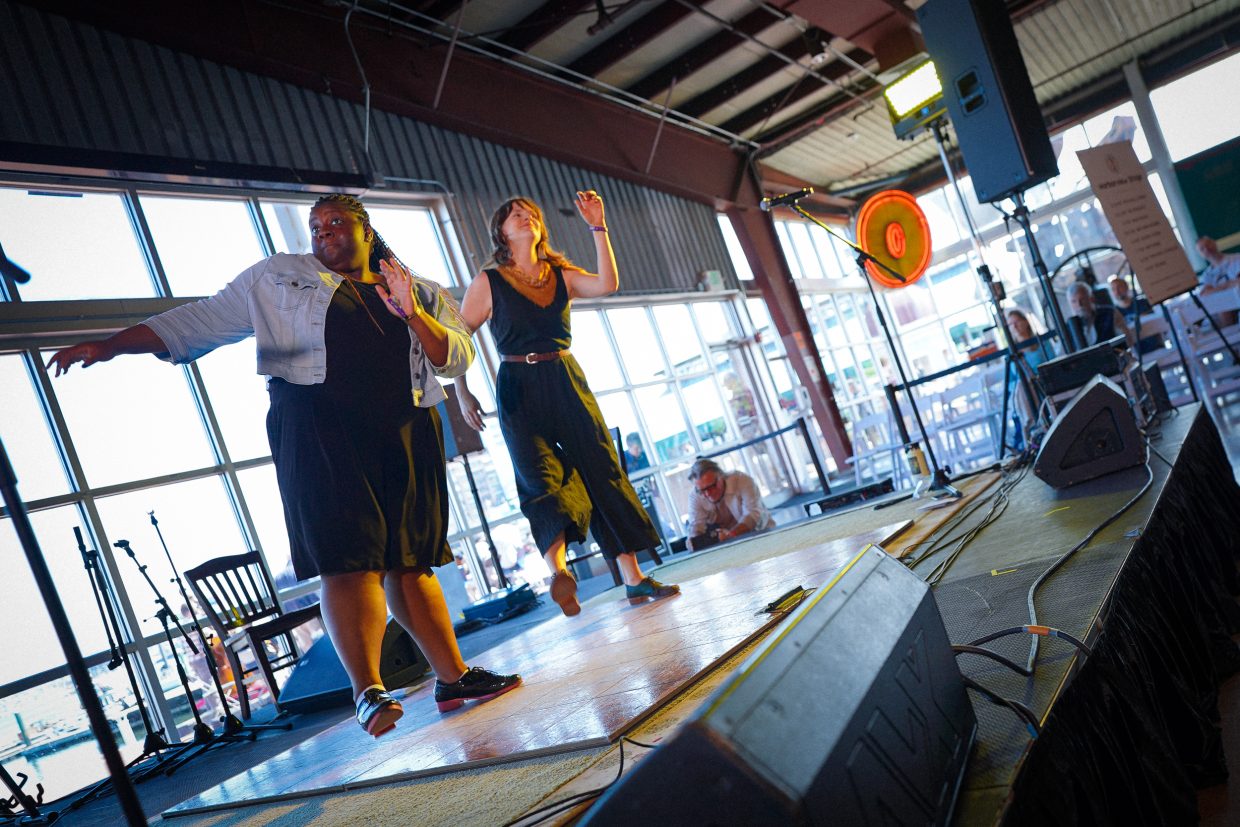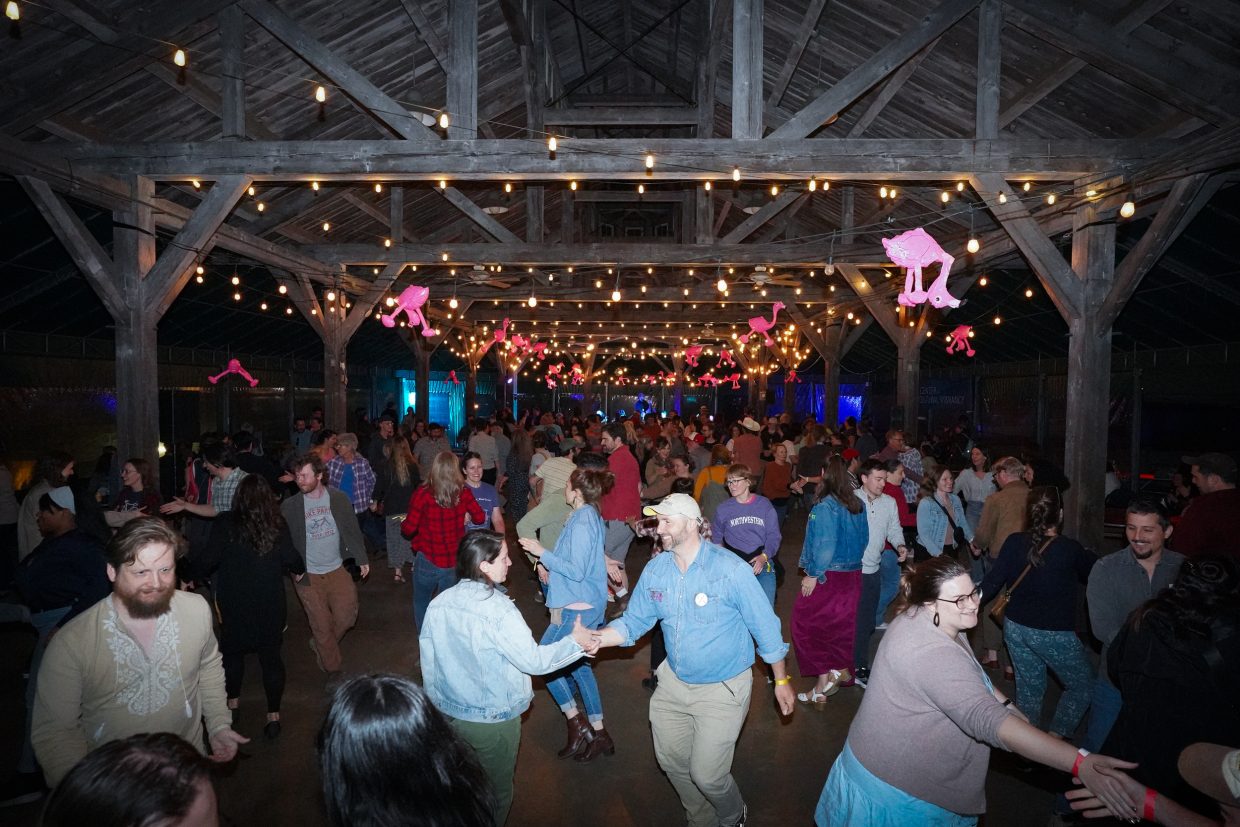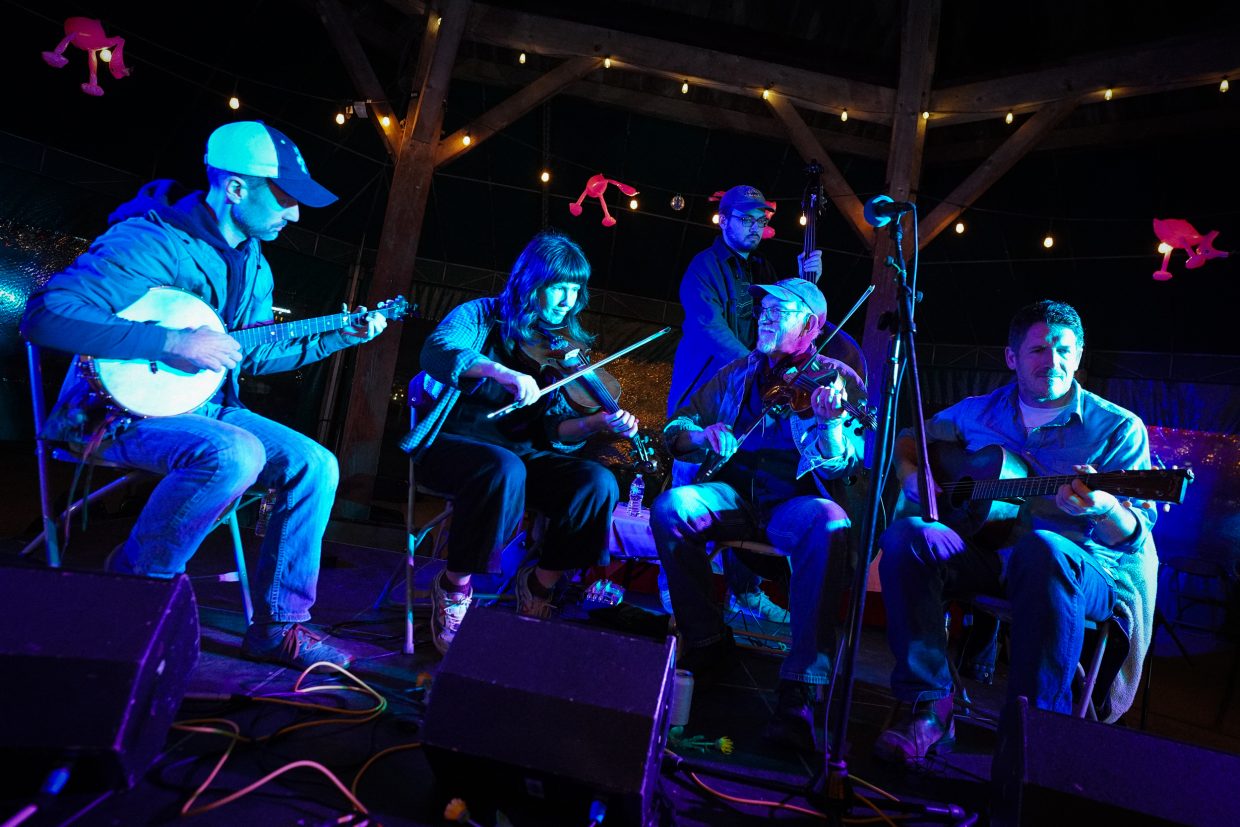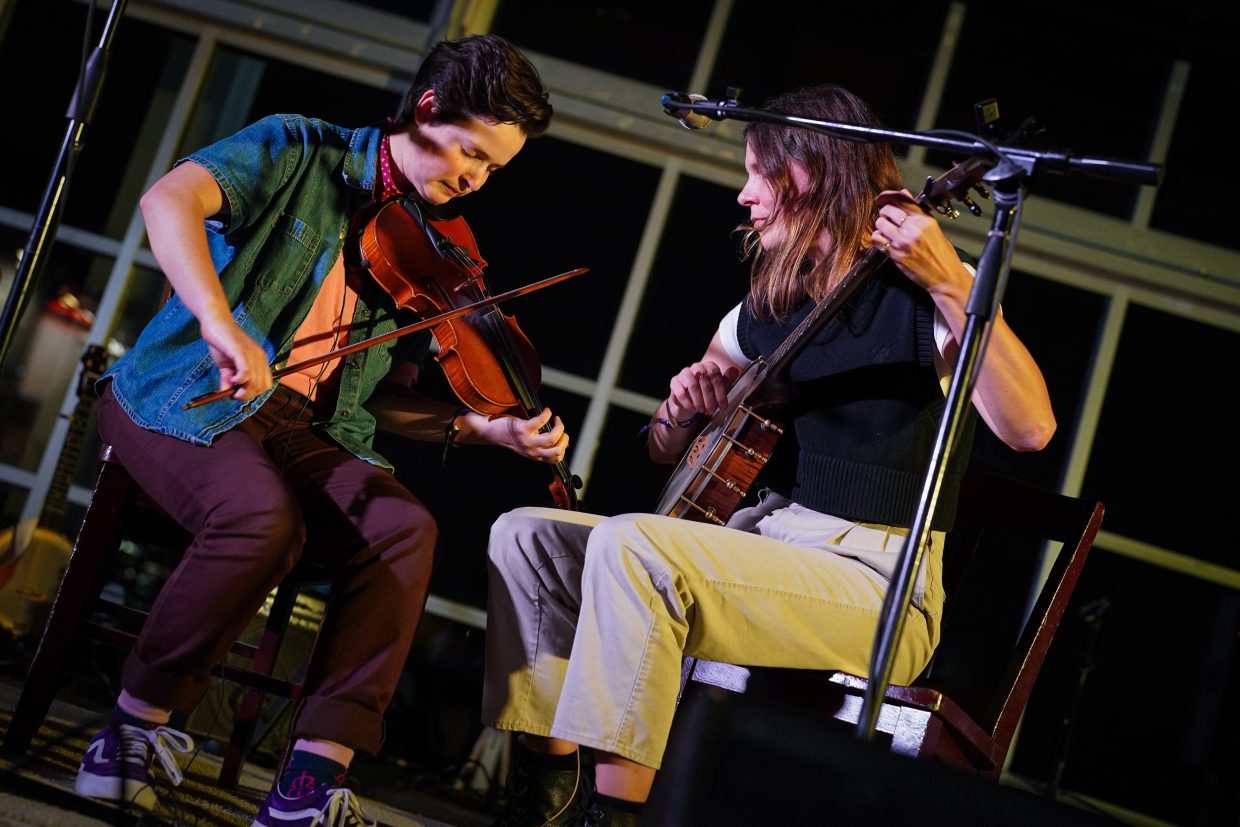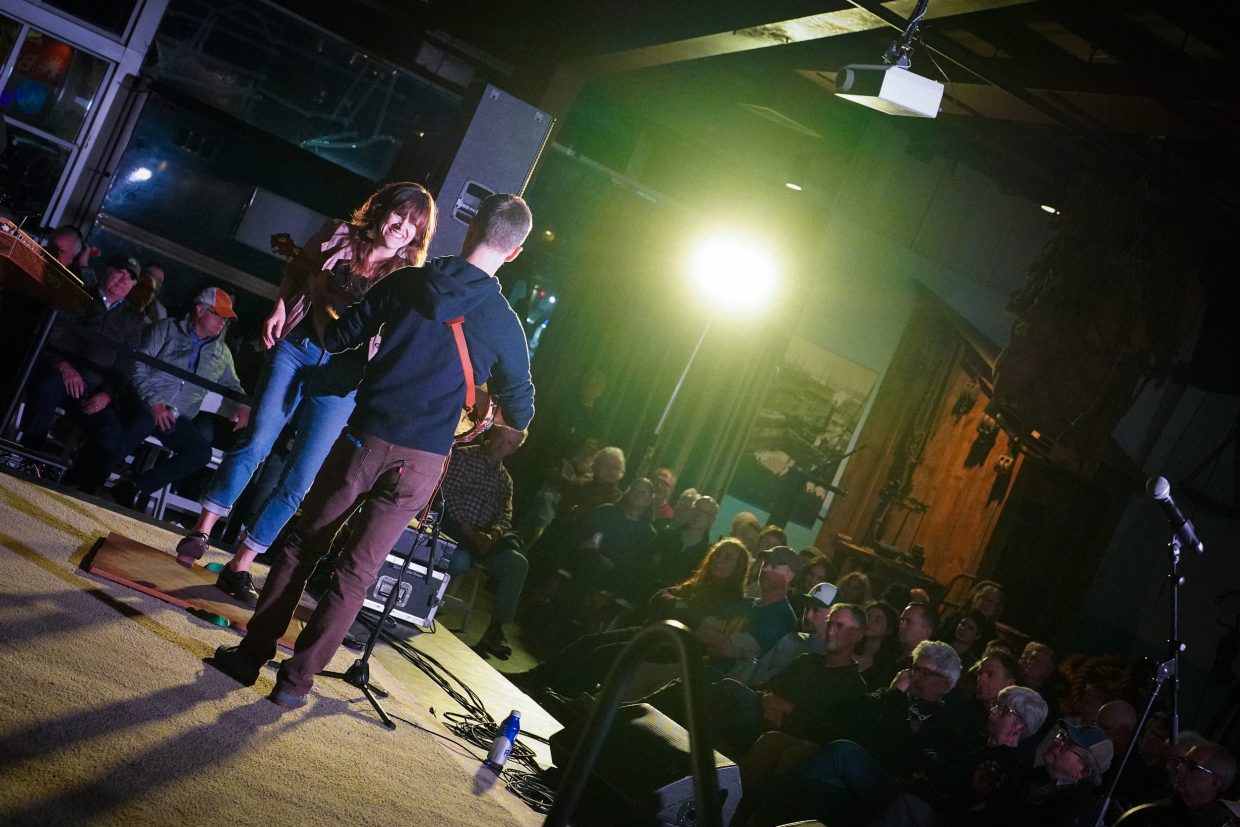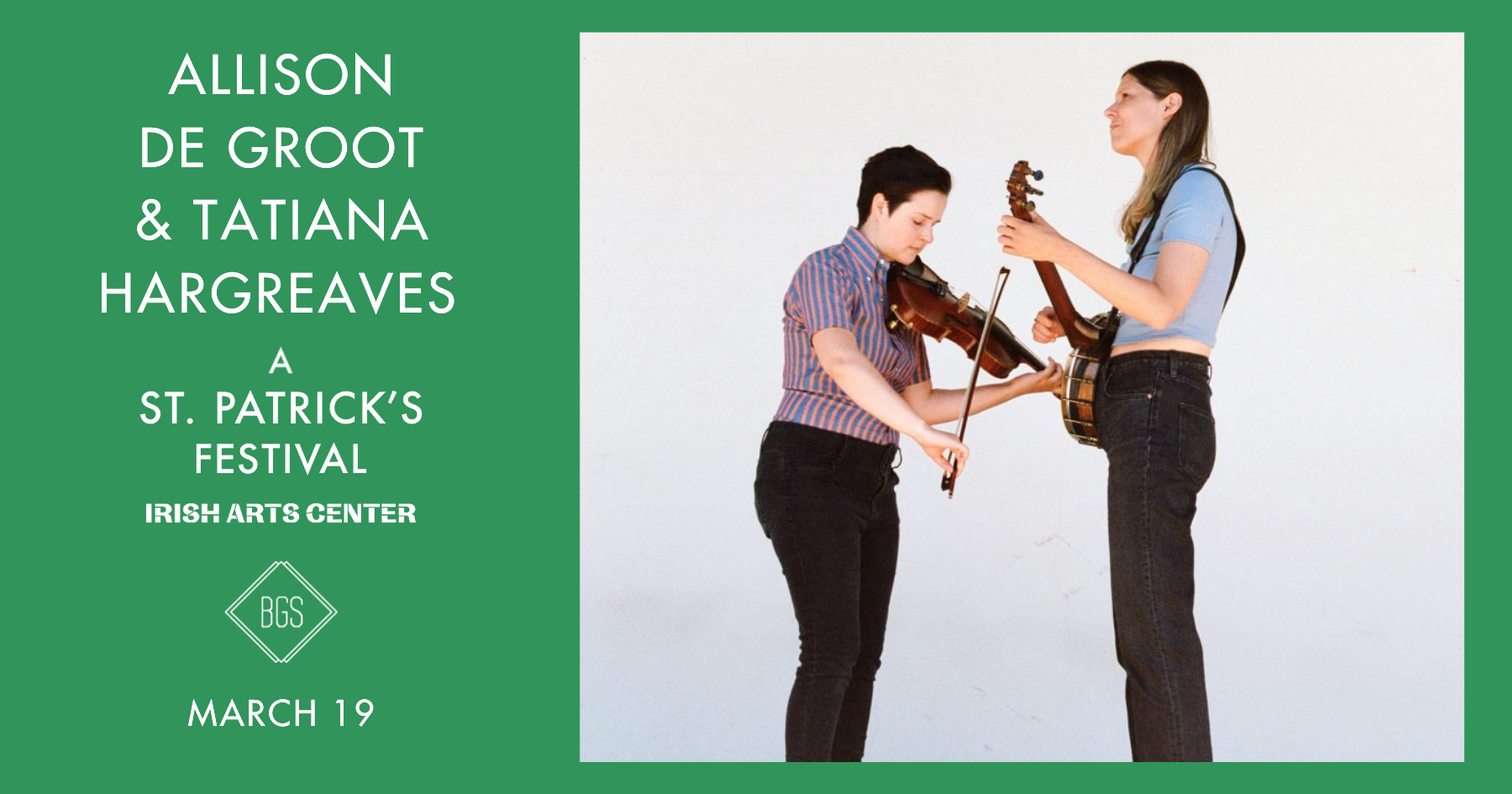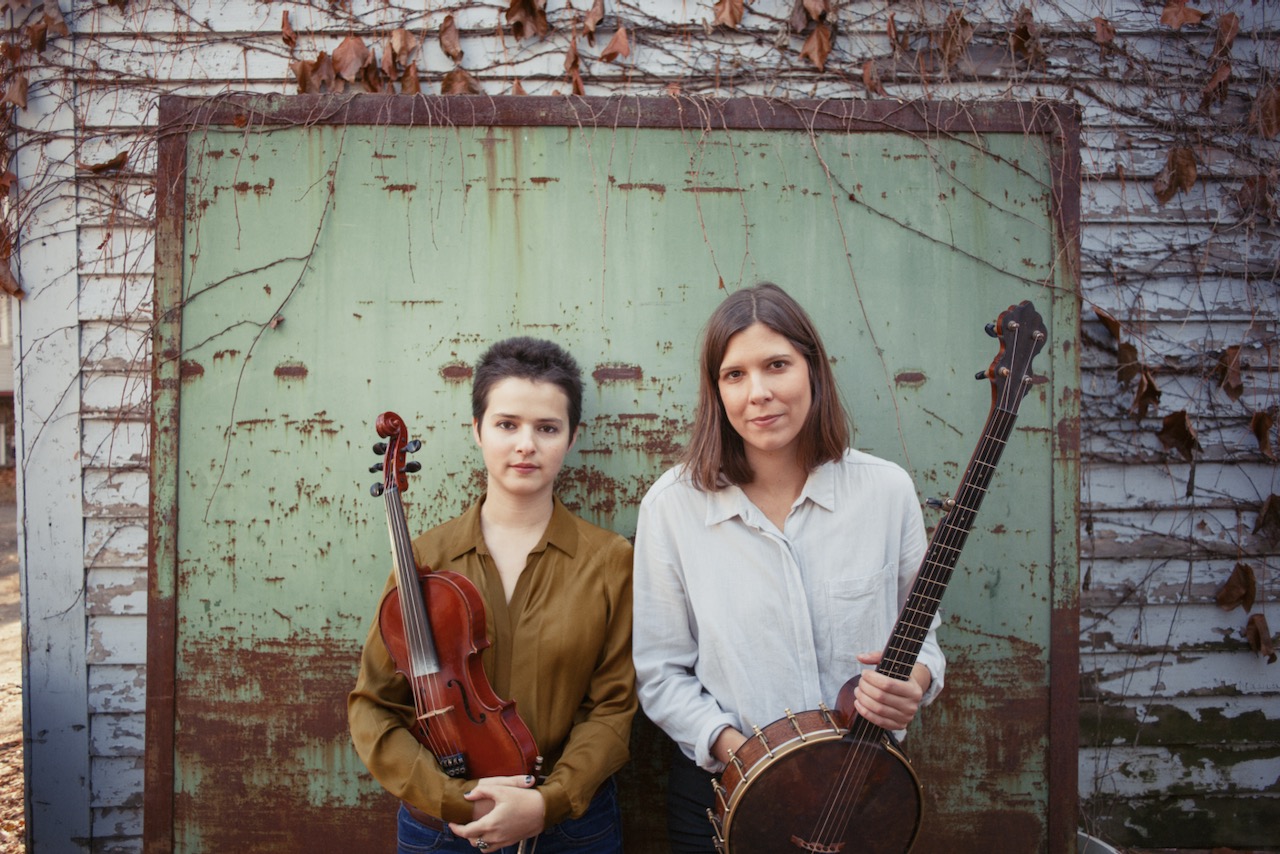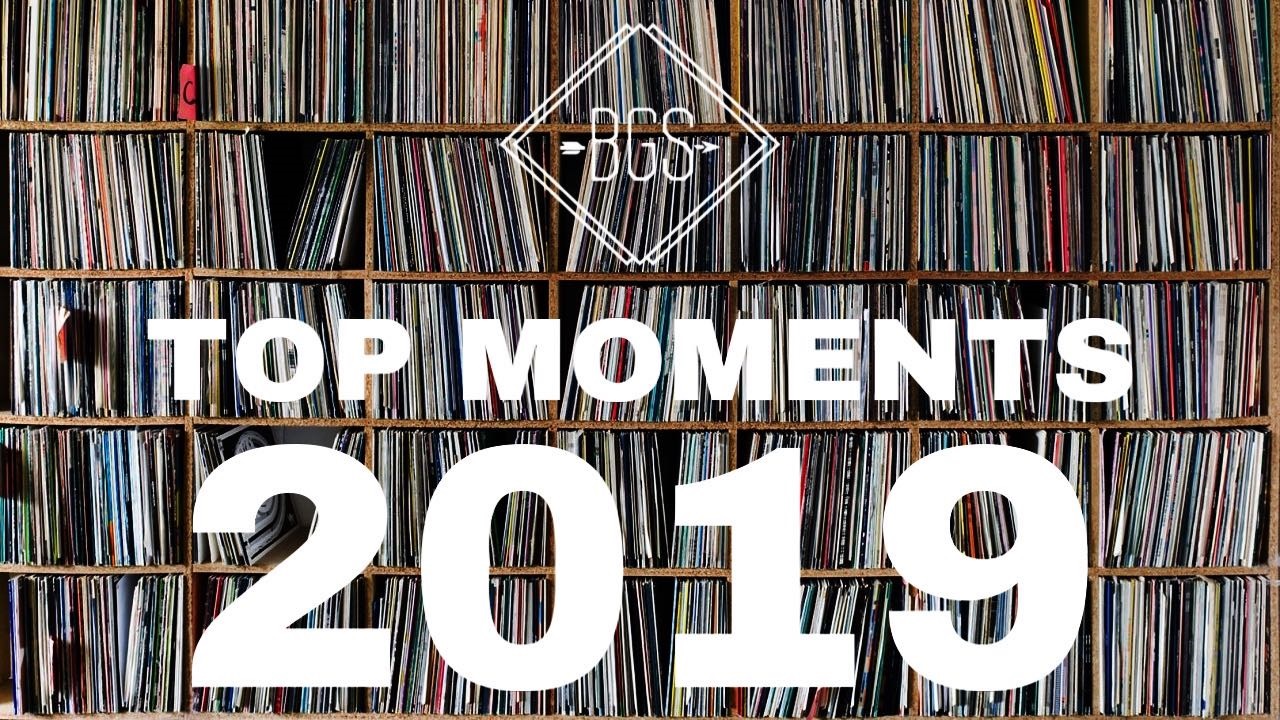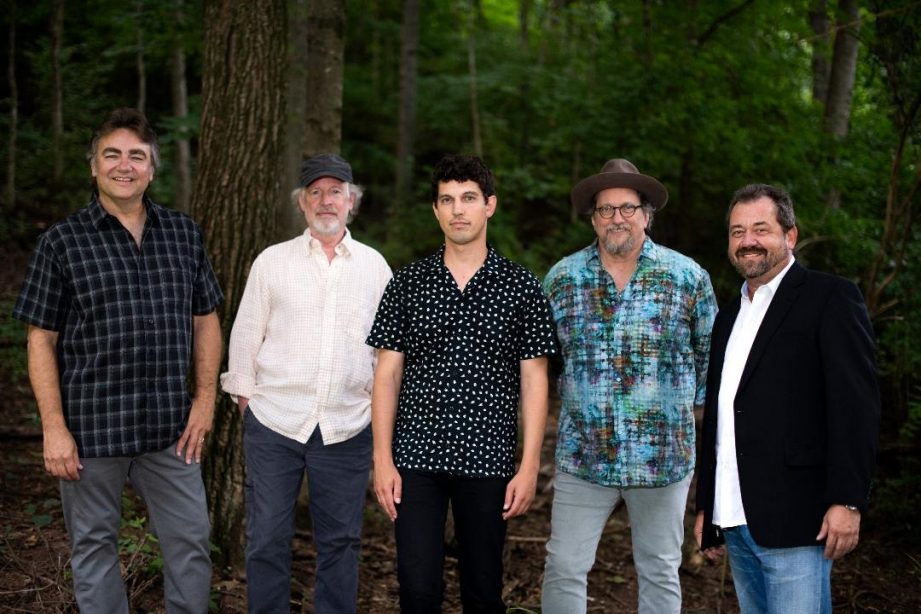No one on earth plays the guitar like Yasmin Williams. When the BGS team was first introduced to her music – back a few years now, in 2017 or 2018, during our annual programming for our Shout & Shine diversity showcase – it was an objectively jaw-dropping discovery. We’ve covered many singular musicians, instrumentalists, and guitarists over the years on our site, but here was something completely and totally brand new. Then, in 2021, she wowed our BGS audience with her Shout & Shine livestream performance. From our staff to our followers, we were all hooked.
Immediately upon hearing Williams’ ethereal, otherworldly, and effortlessly charming guitar-centered compositions, it’s natural, reflexive even, to imagine how listeners may have first reacted to encountering Sister Rosetta Tharpe’s earth-stopping rock and roll, or Elizabeth Cotten’s unassuming backwards-and-upside-down guitar genius, or Jimi Hendrix’s showy shredding behind his head. There’s a jolt of electricity, a child-like wonder, and proper awe that each result from even the slightest encounter with Williams’ talents.
But, like those legends before her, this is not merely toxically masculine, performative, over-the-top “guitar culture” music. You can tell, from the first breath of tone from her instruments, that Williams is not now nor has ever been the guitarist trying to impress or outdo all of the AC/DC or Led Zeppelin rehearsers plucking through “Stairway to Heaven” at the local Guitar Center.
No, Williams’ approach to the instrument is totally brand new, too – and a remarkable breath of fresh air in a scene that is often derivative, competitive, exclusive, and rife with “Um, actually…” Instead of focusing her ambitions or goals entirely on the insular, inward-facing guitar world, Williams has demonstrated over two impeccable, critically-acclaimed albums – 2021’s Urban Driftwood and her first Nonesuch project, Acadia (out October 4) – that her community is far broader, richer, and truly incandescent.
Acadia builds on the rich and resplendent universe Williams built for Urban Driftwood – and has been cultivating for years, since her full length debut in 2018, Unwind. With a foundation centered on fingerstyle acoustic guitar with plenty of blues, bluegrass, flatpicking, and Americana infusions, Williams approaches the instrument as if a just-invented, novel machine; pedagogy, tradition, and technique are all present, but only ever in service of the melodies themselves – never as exercises in “correctness” or propriety. She’ll play with the guitar in her lap, tapping with both hands on the surface of the strings and fretboard. She’ll affix a kalimba to the face of the instrument and play both simultaneously. She quite literally turns her six-string (and her harp guitars, banjos, and more) on their ears, throwing all expectations and convention out the window.
There’s showmanship evident herein, of course, and a tinge of acrobatics, but these are merely knock-on effects and not the entire point. Instead, it seems Williams’ intention is to follow each and every tendril and tributary of her musical ideas to their natural conclusions, raising no barriers to herself in the process. Not even the barrier of the guitar itself. What even is a guitar, if you approach it from a unique perspective or through a fresh lens each time you pick it up? Williams shows us this common, everyday, century-spanning instrument can always find new sounds and styles.
Again, in contrast with “norms” in the guitar scene, Acadia is a testament to Williams’ community, as well. Her albums as yet never feel like guitar vanity projects, as the picker decidedly brings in so many facets of her musical and creative community to her music making. In just the first three singles from Acadia she taps an impressive array of featured artists, from Aoife O’Donovan to Darlingside to Allison de Groot & Tatiana Hargreaves. On prior releases, she’s recorded with the legendary Tommy Emmanuel, Taryn Wood, Dobrotto, and many more. Her approach to the instrument is singular, but it’s never solitary. Where other guitarists might prefer to leverage the instrument and their virtuosity to center themselves, Williams seems determined to do the opposite. The results are, as always, stunning.
Fingerstyle acoustic guitar is engaging and lovely music to begin with, but given her particular touch, her compositional voice, and her community collaborations, Yasmin Williams is showing roots music fans everywhere that even our most familiar instruments can be wellsprings of originality, inspiration, and joy. Acadia is a masterwork, and a perfect album to spotlight as we name Yasmin Williams our Artist of the Month. Enjoy our Essentials Playlist below to kick off the month and read our exclusive interview feature here. And, read an excellent op-ed on Williams written by buzzworthy viral guitarist and improviser Jackie Venson here. Plus, we’ll be dipping back into the BGS archives for all things Yasmin throughout October.
Photo Credit: Ebru Yildiz
